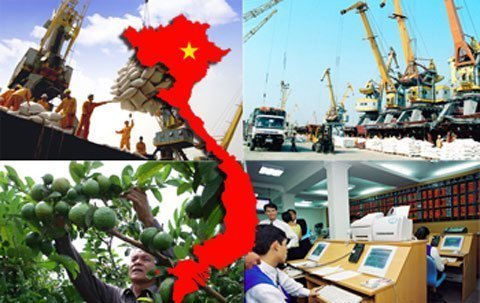
| Vietnam embraces wind power | |
As an experienced country in wind power development, Denmark was willing to share knowledge and technology with Vietnam and help tap the country’s huge potential for this form of renewable energy, said Danish minister of Climate, Energy and Building Martin Lidegaard.
Speaking at a partnership seminar between the two countries yesterday, he emphasized the growing role of wind power in the energy market and its contribution to reducing green house gases and creating jobs, as shown by Denmark’s experiences. Deputy minister of Industry and Trade Le Duong Quang said that Vietnam was targeting to increase the proportion of renewable power from 3.5 per cent in 2010 to 4.5 per cent in 2020 and 6 per cent in 2030. It had already offered investors incentives including import tax exemption for equipment that wasn’t produced locally, corporate income tax breaks, and no land use or environmental protection fees. He appreciated Danish aid to Vietnam aimed at mitigating and responding to the impacts of climate change, as well as renewable energy projects including one in the central province of Binh Thuan. Also yesterday, Vestas – a Danish wind turbine manufacturer – and its Vietnamese partner Cong Ly Construction, Trading, Tourism Company based in the southern province of Bac Lieu signed a partnership agreement to develop wind farms in Vietnam. Feasibility studies would be conducted and finished by the end of this year. Senior director of Vestas Asia-Pacific and China Naveen Raghavan Balachandran said that Vietnam was a market with excellent fundamentals for wind power including economic growth, a favourable energy mix, abundant wind resources and an emerging wind power policy. However, he pointed out challenges including a lack of detailed wind studies and its compatibility with infrastructure, and the limited capitalisation of local banks which meant reliance on international banks, resulting in a high cost of capital to compensate for market and sovereign risks. Moreover, the country’s current wind feed-in-tariff was not high enough to enable projects to become financially viable, he said. | |
| VNS |
